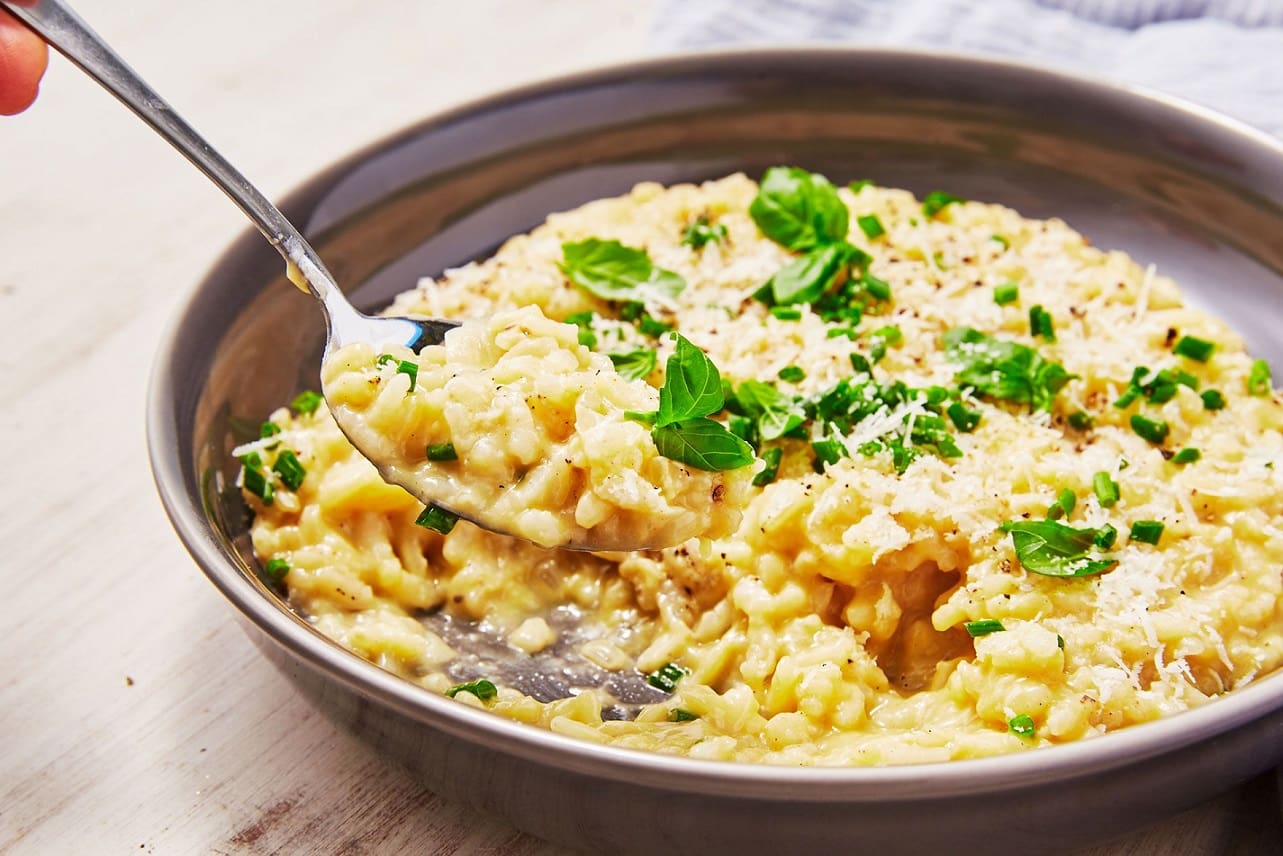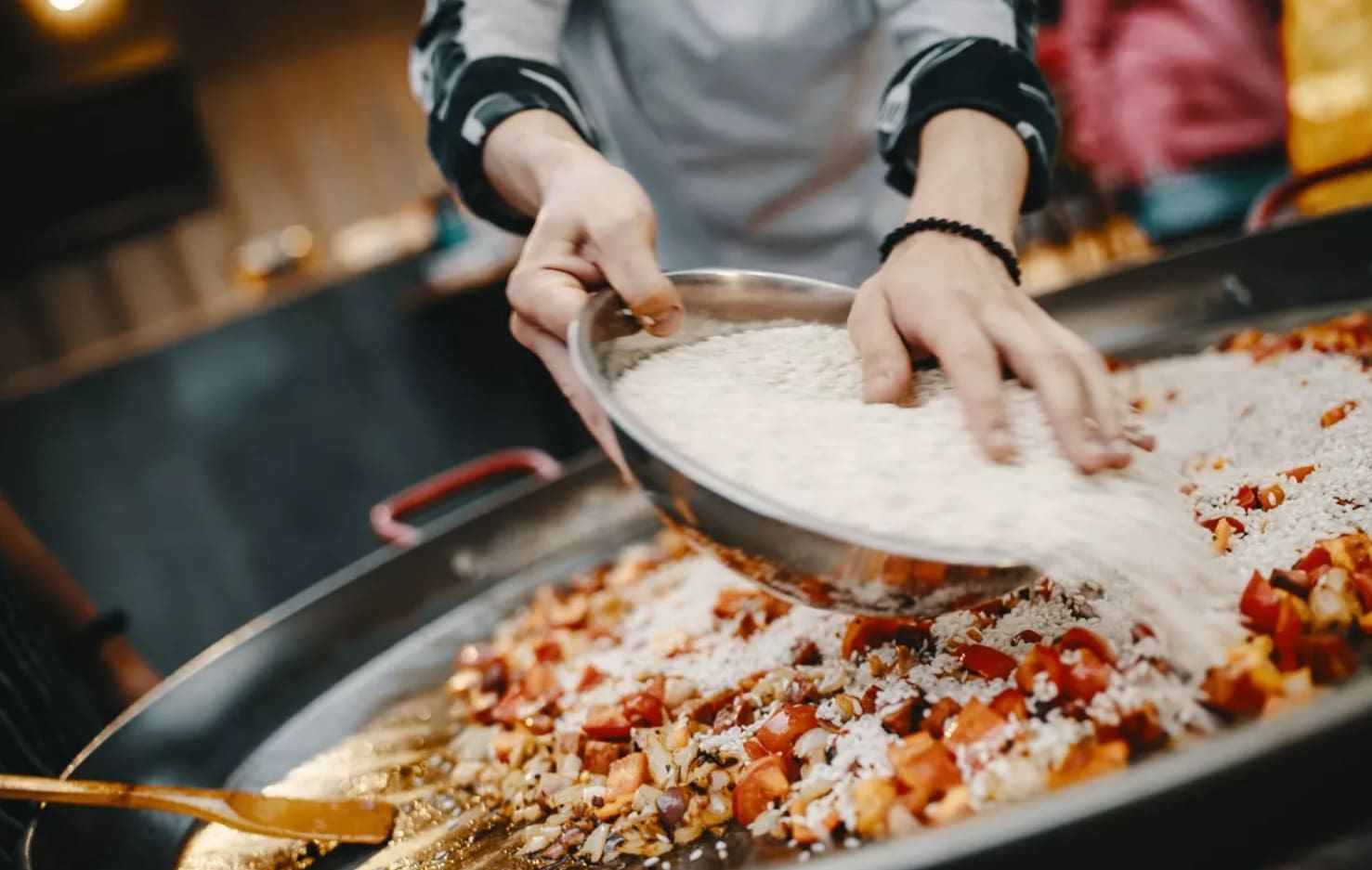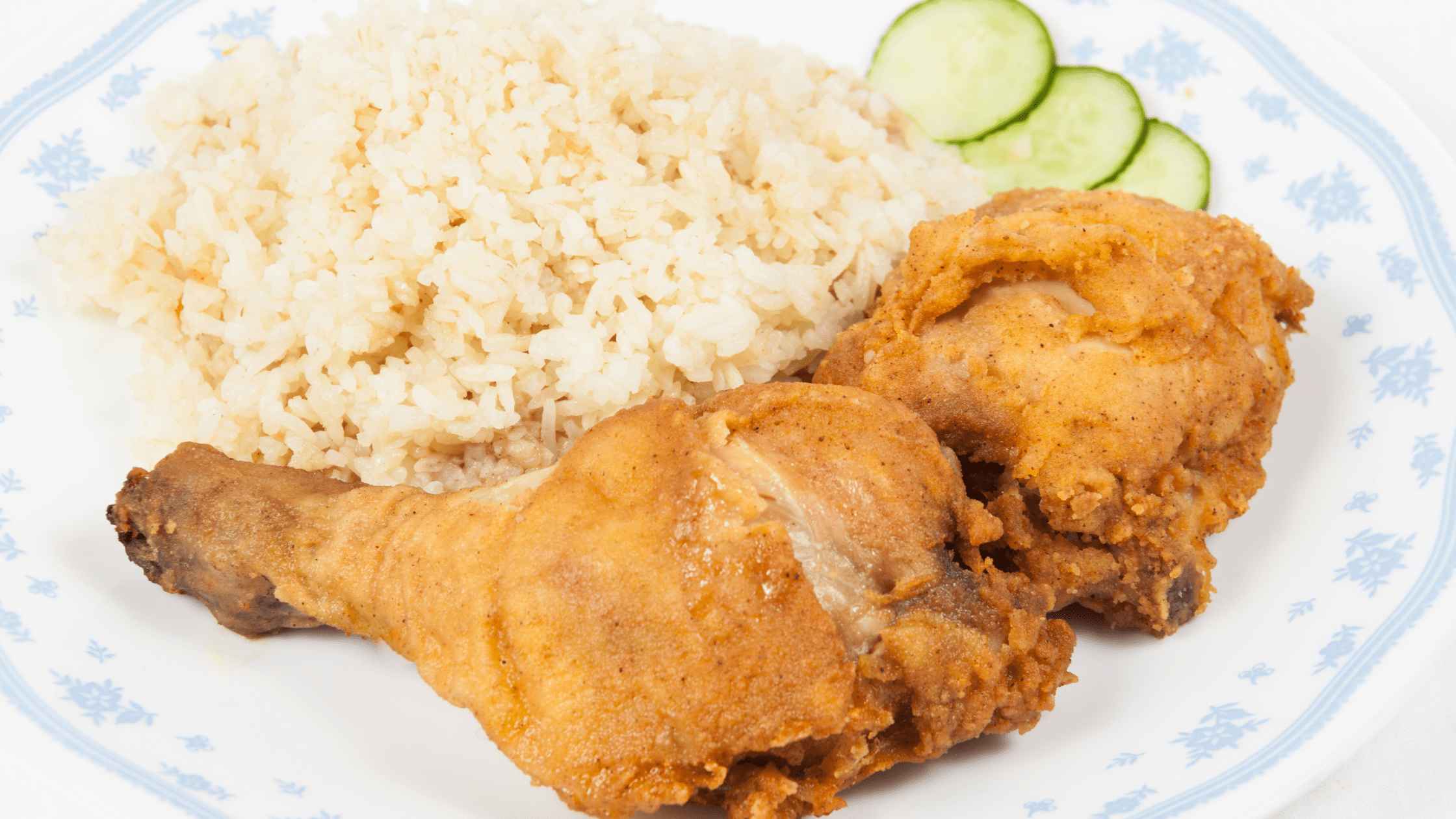Introduction
There is a difference between Bomba Rice and Valencia Rice. Bomba rice is white and has a fluffier texture than its larger, darker counterpart. Some variations to this dish include adding parsley or chorizo and different pesto types, olive oils, lemon juice, and salt flakes. The tasty side dish can be eaten plain or in soups like gazpacho. This product is becoming more popular these days because it combines slightly bitter notes with sweet ones while retaining the overall complex flavor that makes Valencia rice so desirable.
Bomba and Valencia rice are two types of rice that are often confused. They both have a similar appearance and texture but are pretty different. This blog post will discuss the differences between bomba and valencia rice and how to cook them correctly.
What Is Bomba Rice, And Where Does It Come From?
Bomba rice is short-grain rice grown in the Valencia region of Spain. It is often referred to as “Valencia Rice” in America. However, this is not entirely true. The United States Department of Agriculture requires that imported Valencia rice be labeled as Bomba Rice because it fits the official USDA definition of Bomba. However, some of the Valencia rice sold in the United States is grown in California and is not rice from Valencia. This rice is grown from a different strain of seeds than authentic Bomba rice.
What Is Valencia Rice, And Where Does It Come From?
Valencia Rice (or on some packages as “American Long Grain Rice”) appears to be long-grained rice that looks similar to bomba rice, except it has a lighter color, soft texture, and neutral flavor. Valencia Rice is long-grain rice grown mainly in the Valencia region of Spain. It is considered one of the most common and popular types of rice worldwide. Valencia Rice is highly sought after by many professional chefs because it holds up well during cooking processes. Though it looks similar to Bomba rice, it has a different texture and taste when cooked.
How Are Bomba Rice And Valencia Rice Different From Each Other, If At All?
There are many reasons that Bomba Rice is different from Valencia Rice. Valencia Rice has a particular taste and texture, depending on the variety. However, some types of Valencia Rice have a relatively neutral flavor, making it excellent for blending into other ingredients for cooking. However, when exposed to too much heat or using the wrong equipment when cooking Valencia rice, the flavor can be changed, and the rice becomes much less appealing.
Overall, bomba rice is hardier than valencia rice and can be used when cooking at home and in restaurants. It may not be as “pretty” as valencia rice, but it will still cook evenly and thoroughly.
How Should I Cook Bomba And Valencia Rice?
Bomba and valencia rice can be cooked just like regular rice, but cooking them the “right way” will ensure a more enjoyable experience.
For regular Valencia Rice: Cook in a pan with plenty of water until almost all the water is evaporated, usually taking around 12 minutes to cook. Drain, rinse in cold water until cool to the touch, then drain again and place in a container until ready to use. Valencia Rice should retain its shape when placed on a cutting board without breaking or crumbling when poked with your finger.
For Bomba Rice: Cook for 7-9 minutes in hot water that has been brought to a boil. This will cook the rice, so the process should not be rushed. When cooking bomba and valencia rice, the equipment you use can drastically change the taste of your finished dish. For example, a cast iron pan will help bring out all the flavors in your rice without any chemicals or toxins from store-bought cooking sprays. You could also use a stainless steel pan to provide complete coverage for better heat distribution and evaporation.
Which Rice Should You Choose For Your Next Dish – Bomba Or Valencia?
This question will most likely be answered based on personal preference. Valencia Rice is eaten more often in the United States, where cooking techniques are necessary to ensure the rice comes out soft and has a slight bite, reminiscent of its birthplace. In Spain, cooking techniques are not as necessary, so bomba rice is more widely used there.
Many people feel that Valencia rice is best suited for blending into other ingredients and can be found in many restaurants. Though bomba rice has the ability to stand up to and mix with more potent ingredients, it can still taste great on its own. Overall, you should choose whichever rice you prefer when cooking foods at home and in restaurants.
Do You Have A Preference For One Over The Other, Or Do They Both Have Their Own Unique Benefits And Drawbacks?
My personal choice is to use Bomba Rice for cooking and Valencia Rice for pure eating purposes. While I love the taste of both, I feel that bomba rice has more variety when it comes to cooking with it. Bomba rice is my top choice for table rice because the flavor is rich and nutty. It can stand up to more ingredients than Valencia Rice, but it also tastes great on its own.
Both bomba and valencia rice have unique flavors, textures, and benefits. Although bomba rice is hardier than Valencia Rice, it does have a slightly different texture.
Overall, you should choose whichever rice you prefer when cooking foods at home and in restaurants.
Conclusion
Cooking rice like this will ensure that your rice comes out very satisfactory and is enjoyable to eat. Valencia Rice is often cooked differently than the traditional Bomba Rice, but when properly and thoroughly cooked, it can be enjoyed just as much as the conventional style.
Bomba Rice is similar to Valencia rice but has two very different rice types. Bomba rice has a distinct flavor and texture that is hardier than valencia rice and, therefore, can be used when cooking with more ingredients in various settings. They have unique flavors, textures, and benefits when prepared in different settings.
Valencia Rice is considered one of the most common and popular types of rice worldwide. Valencia Rice is highly sought after by many professional chefs because it holds up well during cooking processes. Though it looks similar to Bomba rice, it has a different texture and taste when cooked. Both bomba and valencia rice have unique flavors, textures, and benefits. Although bomba rice is hardier than Valencia Rice, it does have a slightly different texture.


